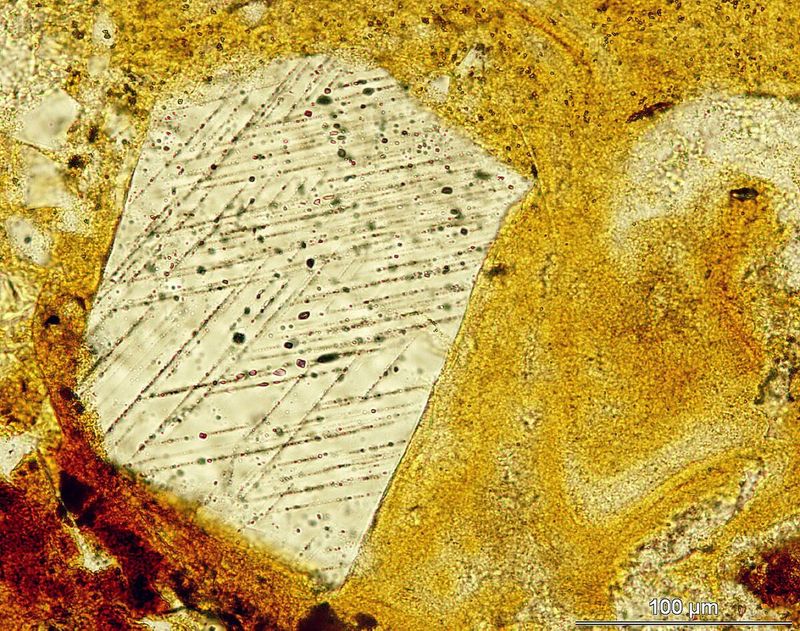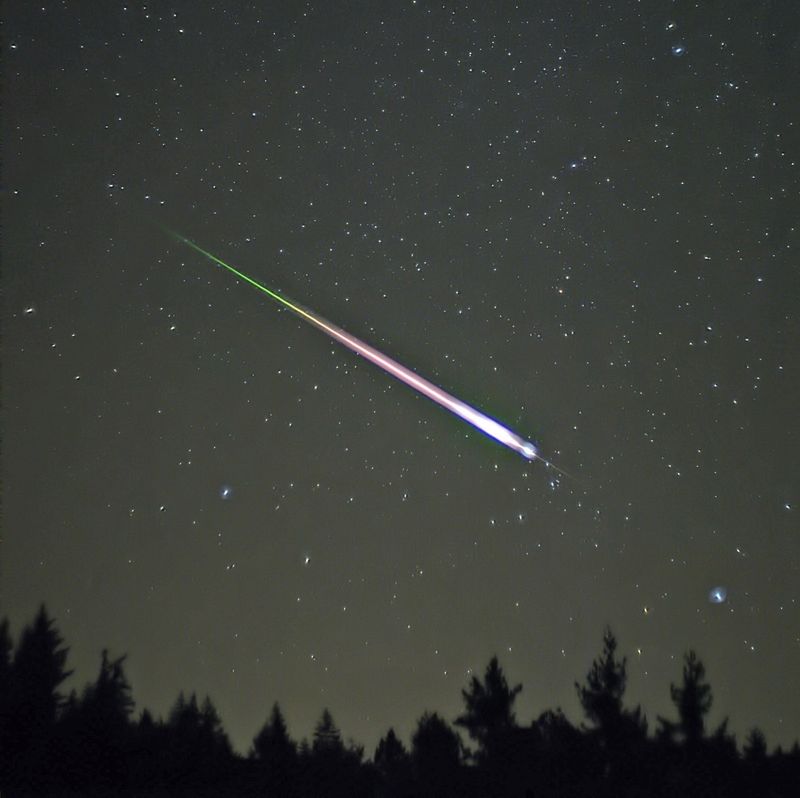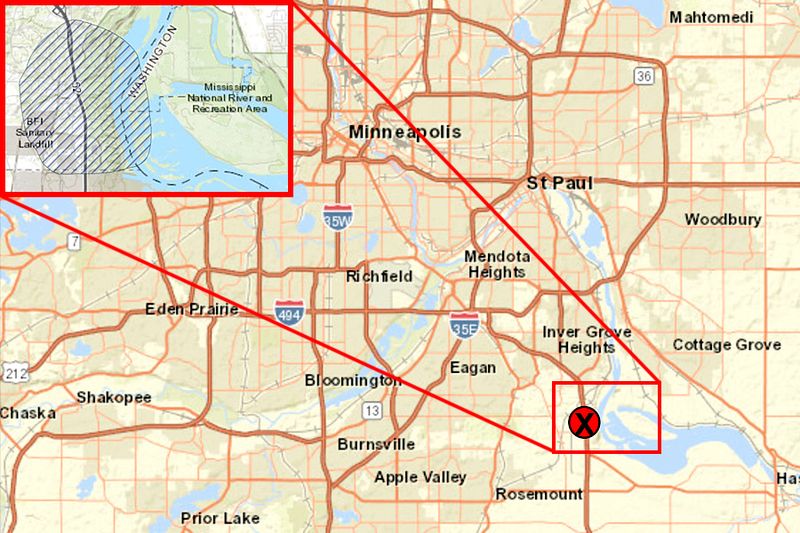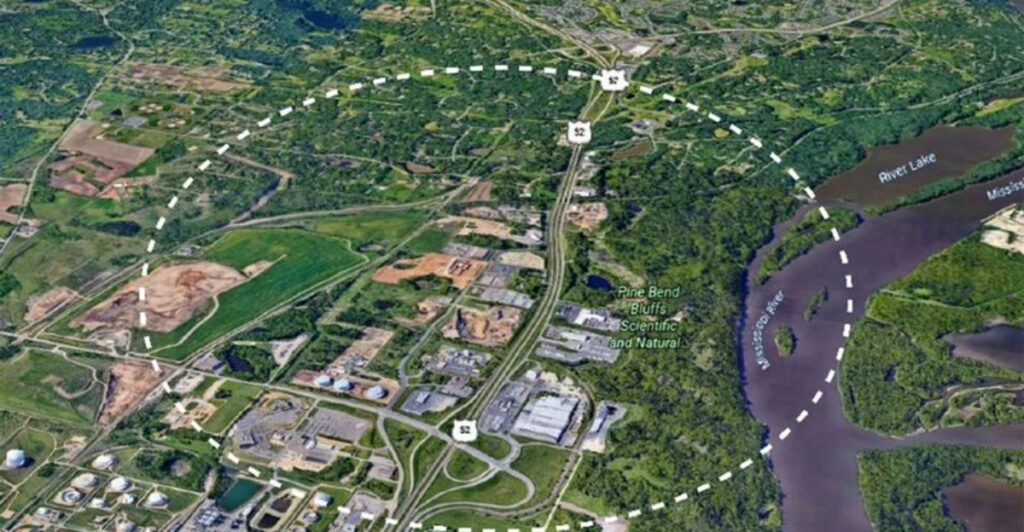Beneath the streets and homes of Inver Grove Heights lies an astronomical secret millions of years in the making. Scientists recently discovered that this Minnesota town of about 35,800 residents sits atop a massive meteor crater dating back 490 million years. Hidden roughly 350 feet underground, this cosmic footprint tells a fascinating story of our planet’s violent past and offers a rare glimpse into Earth’s ancient history.
The Accidental Discovery That Rocked Geologists

Nobody expected to find a massive impact crater while studying Minnesota’s bedrock. In late 2022, University of Minnesota geologists stumbled upon something extraordinary while examining rock samples from southern Inver Grove Heights.
The telltale evidence? Tiny grains of “shocked quartz” – sand crystals fractured in ways that only occur under the extreme pressure of a meteor strike or nuclear explosion. These microscopic clues revealed a violent cosmic event had occurred here during the Cambrian period.
Further investigation uncovered chaotically jumbled rock layers and overturned sediment formations near the Pine Bend Bluffs along the Mississippi River, confirming scientists’ suspicions that they had found Minnesota’s first documented meteor impact site.
A Crater 11 Times Larger Than Arizona’s Famous Impact Site

Measuring approximately 2.5 miles (4 kilometers) across, the Pine Bend Impact dwarfs Arizona’s famous Meteor Crater by eleven times. The sheer scale of this geological feature speaks to the tremendous force that created it.
When the meteor struck Earth around 490 million years ago, it likely measured between 500-2,000 feet in diameter – roughly the size of several football fields. The explosion would have been catastrophic, instantly vaporizing the impactor and blasting a massive hole in Earth’s crust.
Unlike Arizona’s visible crater, Inver Grove Heights’ cosmic scar remains completely hidden beneath layers of sediment deposited over eons, preserving this geological time capsule in remarkable detail for scientists to study.
Life on Earth During the Cosmic Collision

When this space rock slammed into what would become Minnesota, Earth was a dramatically different place. The late Cambrian period witnessed shallow seas covering much of North America, including the future site of Inver Grove Heights.
No dinosaurs roamed these ancient shores – they wouldn’t evolve for another 250 million years. Instead, primitive marine creatures like trilobites, brachiopods, and early fish dominated the oceans. Plant life had barely begun colonizing land, with simple mosses and early fungi pioneering the terrestrial frontier.
The impact would have triggered massive tsunamis, earthquakes, and firestorms across the region, temporarily disrupting ecosystems and potentially contributing to evolutionary changes in surviving species.
Hidden in Plain Sight: Why Nobody Noticed for Centuries

How could something so massive remain undiscovered for so long? The answer lies in the crater’s complete burial beneath centuries of geological activity. Rivers deposited sediment, glaciers scraped across the landscape, and time slowly erased all surface evidence.
Modern Inver Grove Heights residents have built homes, businesses, and lives directly above this cosmic landmark without any visible clues to what lies beneath. The crater’s rim and basin are completely obscured by approximately 350 feet of rock and soil that accumulated over hundreds of millions of years.
Only advanced geological survey techniques and careful scientific analysis could reveal this hidden wonder. The discovery highlights how much remains unknown about the very ground beneath our feet.
Cosmic Significance: What This Discovery Means for Science

The Pine Bend Impact joins an exclusive club of fewer than 200 confirmed meteor craters worldwide. Each discovery helps scientists piece together Earth’s tumultuous history and understand how cosmic impacts shaped our planet’s evolution.
For geologists, this site offers a rare research opportunity – a pristine impact crater preserved in remarkable detail. Rock samples from the site contain minerals formed under extreme pressure conditions that can’t be replicated in laboratories, providing valuable insights into impact physics.
While Inver Grove Heights won’t likely become a tourist destination for crater enthusiasts (given its invisibility), the discovery has put this Minnesota town on the scientific map as home to one of North America’s most significant impact sites.



